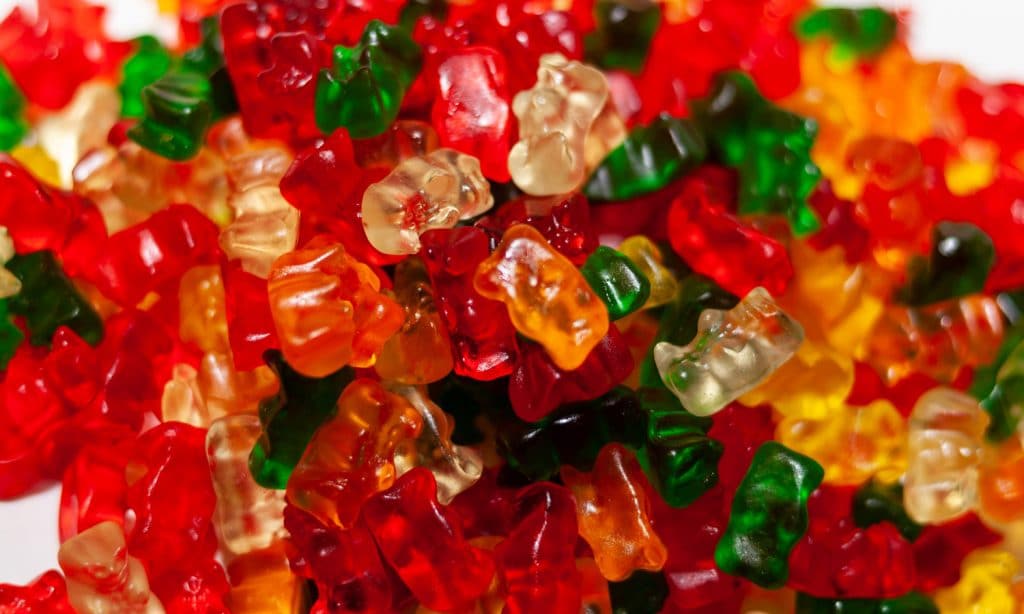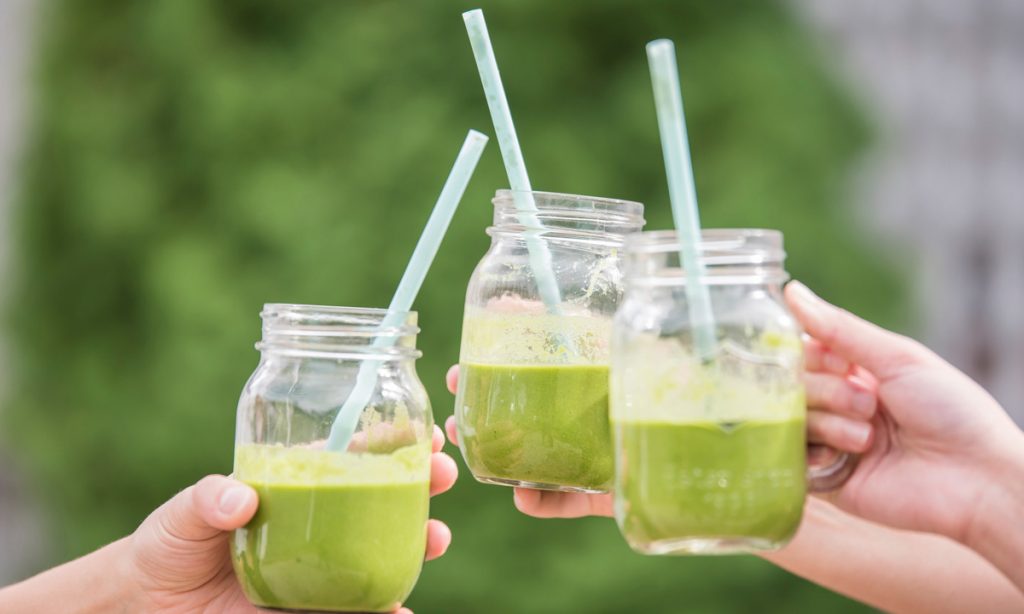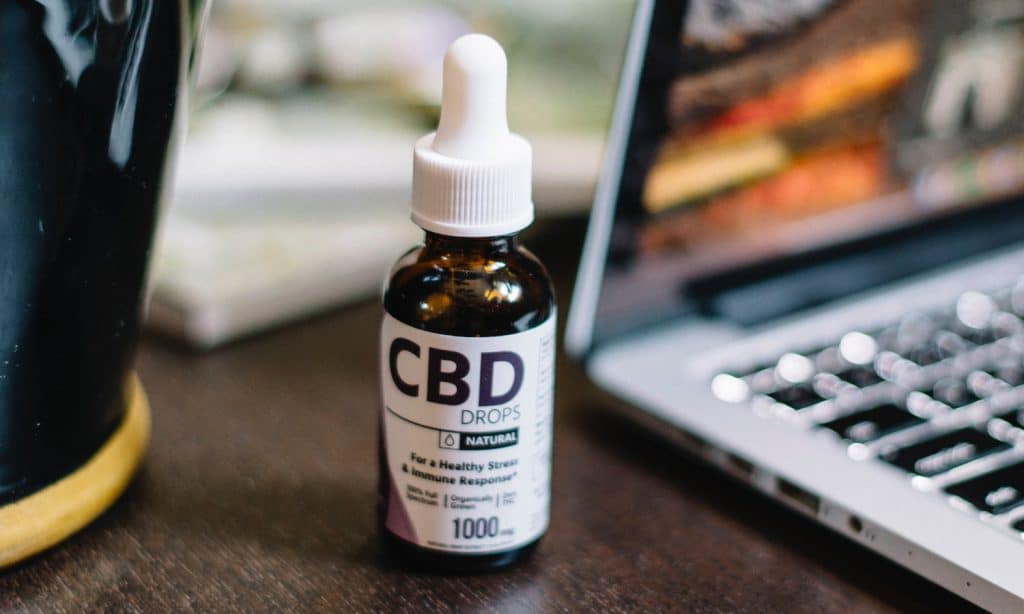Everyone loves a little self-care, and right now, we probably all need to devote some extra time to ourselves to de-stress.
CBD (cannabidiol) and self-care seem like a match made in heaven. There are claims galore assuring you that adding CBD to your self-care routine will not only chill you out but it’ll do wonders for your anxiety. But what does the science say?
There are a plethora of CBD self-care products available to buy; from earthy deodorants, sumptuous body creams and dewy facial serums, to oils for pulse points, tension and pain relief. You can ingest CBD drops or you can soak in some hemp bath salts. All of these activities on their own are soothing and can do wonders for your anxiety when you take the time out to do them, however, there is some actual science to back up the claims that incorporating cannabidiol could lower your anxiety.
We know that CBD is currently used to treat insomnia and the chronic pain that is associated with various diseases. Studies have shown that CBD has anti-inflammatory properties which soothe physical pain and they also suggest that CBD helps people to fall and stay asleep. Both are important factors for physically relaxing your body.
But if you’re looking to address anxiety with your self-care products (which should never replace the advice or medication given by a medical practitioner), studies indicate that CBD decreases anxiety and social phobias by producing an anxiolytic effect in both animals and humans. CBD interacts with the endocannabinoid system to help restore homeostasis, meaning it helps to create a stable equilibrium within the human body and mind. In fact, CBD interacts with several receptors in the body that regulate anxiety and it’s manifesting behaviours.
Copyright
© 420 Intel







